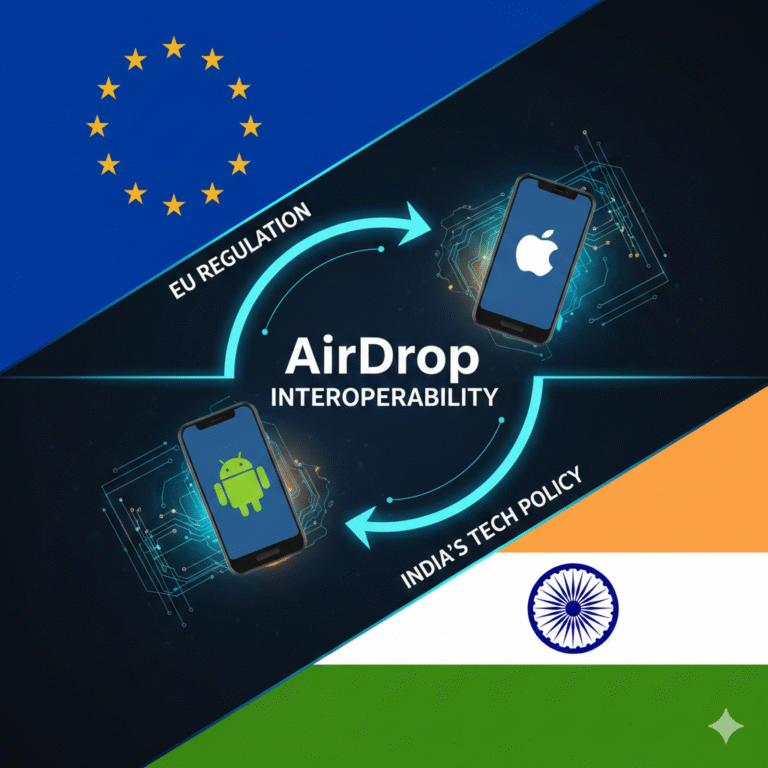In an era where digital services rely heavily on user location data, our smartphones, apps, and wearable devices are constantly broadcasting where we are. While this has enabled unprecedented convenience—from navigation to food delivery to social networking—it has also created a looming privacy crisis. Every swipe, check-in, and ride-share request leaves behind a digital footprint that can be used to track our exact movements. But a team of scientists from the University of California, San Diego and the University of Illinois Urbana-Champaign has recently proposed a breakthrough cryptographic system that could change how our location data is handled forever.
By combining Zero Knowledge Proofs (ZKPs) and a Hexagonal Grid System, the new protocol only reveals necessary information—like your city or neighborhood—without ever exposing your precise coordinates. This innovation marks a significant step forward in data privacy and cryptographic design.
Understanding the Problem: Why Location Data Needs Protection
Location data has become one of the most sensitive and commercially valuable assets in the digital economy. Companies use it for targeted advertising, law enforcement agencies use it for tracking, and malicious actors can exploit it for stalking, theft, or worse.
- Granular Tracking: Even if a person doesn’t share their exact location, metadata from apps and services can be combined to track exact routes.
- Security Risks: Stalkers, cybercriminals, and even hostile governments could exploit location data.
- Lack of Regulation: In many jurisdictions, there are insufficient legal frameworks to protect users from invasive data practices.
Clearly, a more secure and privacy-preserving method of sharing location information is long overdue.
The Breakthrough: Zero Knowledge Proof Meets Hexagonal Grid
The new cryptographic system developed by researchers tackles this privacy issue head-on using two key components:
Zero Knowledge Proof (ZKP)
ZKPs allow one party to prove to another that a statement is true, without revealing any specific details beyond the validity of the statement.
Example in context: You can prove you are in New York City without revealing the exact coordinates of your current location.
Hexagonal Grid System
Instead of mapping coordinates as precise GPS points (latitude and longitude), the system overlays the Earth with a hexagonal grid. Each cell in the grid represents a defined area, such as a city block or neighborhood.
- Why hexagons? Unlike squares or rectangles, hexagons better represent distances and offer uniformity in shape and area.
- Efficient mapping: Each cell can be encrypted and labeled without revealing its actual content.
By combining these two technologies, the system ensures that only the necessary amount of location information is shared.
How the System Works: Step-by-Step
- Grid Generation: The globe is overlaid with a hexagonal grid system, assigning a unique ID to each cell.
- Location Mapping: A user’s device determines which hexagonal cell it falls into.
- ZKP Encoding: The device then generates a Zero Knowledge Proof verifying that the user is within a specific cell or region without revealing the exact location.
- Data Transmission: Only the verified cell ID is shared with the external service, ensuring functional accuracy (e.g., delivery to a region) without violating privacy.
Applications in the Real World

Smart Cities
- Traffic Management: Authorities can manage congestion by analyzing regional data, not individual movements.
- Urban Planning: Data on movement patterns can help optimize infrastructure without compromising privacy.
E-Commerce and Delivery
- Regional Targeting: Advertisers can tailor content to a city or neighborhood without precise tracking.
- Privacy-Preserving Deliveries: Logistics systems can deliver to a region rather than a specific address, maintaining anonymity.
Healthcare
- Outbreak Tracking: Disease spread can be monitored regionally without exposing patient identities.
Social Media and Dating Apps
- Location-Based Services: Users can find others in their area without disclosing exact coordinates.
Advantages Over Traditional Systems
- Enhanced Privacy: Precise location never leaves the user’s device.
- Data Minimization: Only what is necessary is shared.
- Scalability: The system can be adopted globally using existing map frameworks.
- Interoperability: It works with existing devices and operating systems.
Challenges and Limitations
While revolutionary, the system does have some hurdles to overcome:
- Computational Overhead: Generating ZKPs requires processing power, which may affect older devices.
- Adoption Barriers: Tech companies must agree to integrate and adopt the system.
- Regulatory Acceptance: It may take time for governments and institutions to standardize such practices.
What This Means for the Future of Digital Privacy
This research signifies a fundamental shift in how we think about digital privacy, especially concerning location data. In a world where digital surveillance is becoming normalized, technologies that empower user control are vital.
The integration of ZKPs and grid-based mapping may soon become the gold standard for all location-sharing applications. Governments may adopt it for digital ID frameworks, businesses might use it to comply with privacy laws like GDPR or India’s DPDP Act, and individual users will benefit from peace of mind knowing their privacy is protected.
Conclusion: A Blueprint for Privacy-Centric Technology
The new cryptographic system developed by UC San Diego and UIUC scientists offers a compelling vision of the future—one where technology serves people without intruding on their fundamental rights.
This isn’t just a security improvement; it’s a reimagination of how our digital footprints are handled. With widespread adoption, we could live in a world where location-based services are just as efficient, but far more respectful of our privacy.
As digital surveillance tightens its grip, innovations like this give us hope for a freer, safer, and more private digital future.









+ There are no comments
Add yours